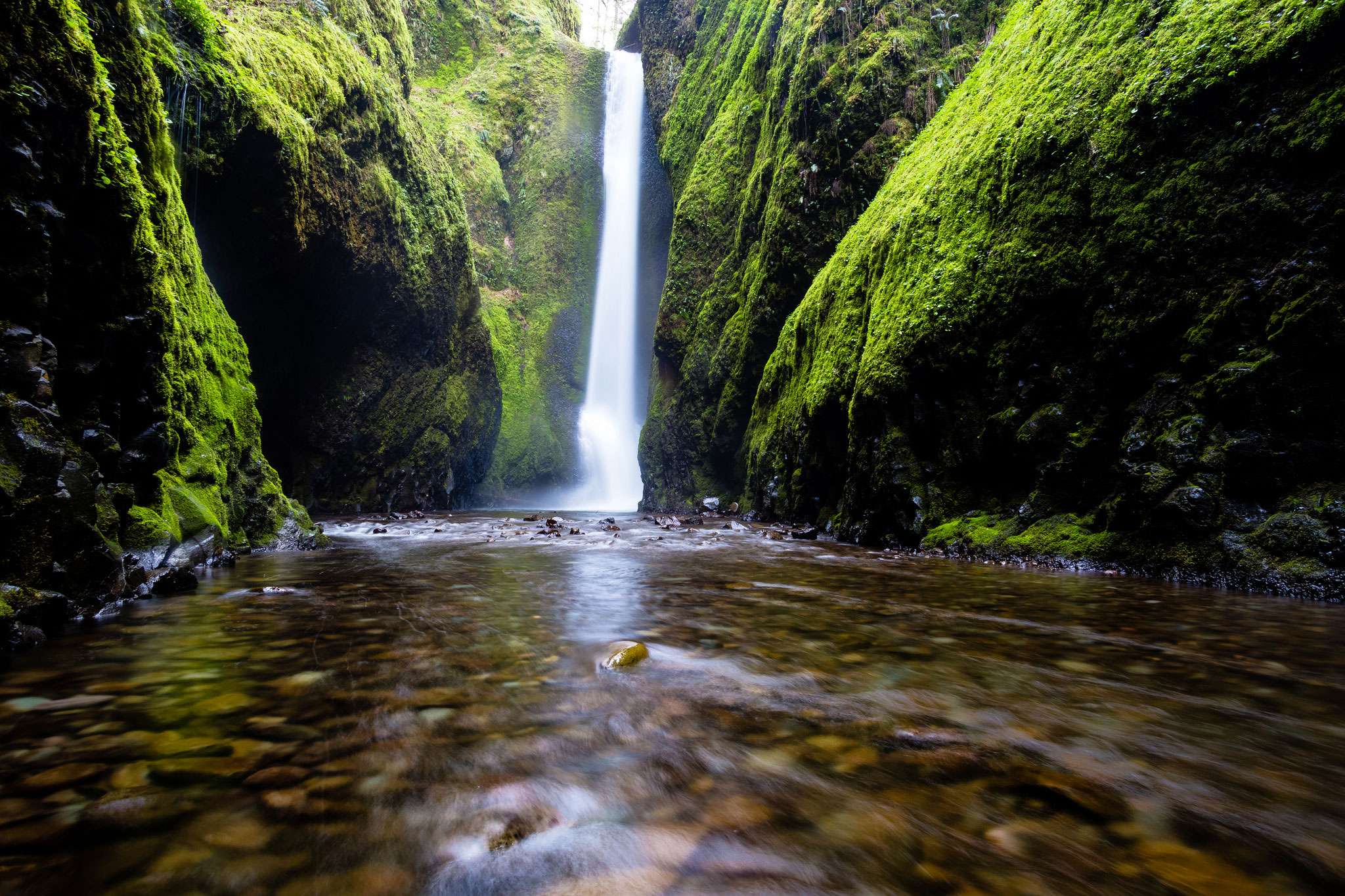What is water quality?
Water quality is commonly defined by its physical, chemical, biological and aesthetic (appearance and smell) characteristics. A healthy environment is one in which the water quality supports a rich and varied community of organisms and protects public health. This can be confused with clarity because clear water is not necessarily healthy water if no life exists in it.
What is the nitrogen cycle?
The nitrogen cycle consists of two bacterial groups that convert our waste into biologically available nitrate as nitrogen or in simple terms food (energy) for microalgae, diatoms and wetlands which all circulates through a natural food chain.
Microalgae and Diatoms
Microalgae and diatoms are high nutrition food for zooplankton, shellfish and baby fish. They are nature’s way of converting nutrients through the food chain leaving you with no nasty biotoxins.
Role of Zooplankton in phosphorus recycling
The activities of Zooplankton are particularly relevant to phosphorus recycling since they constitute the major biomass involved in the excretory process. These organisms excrete approximately 10 per cent of their total body phosphorus on a daily basis as biologically available phosphorus. Good populations of Zooplankton also are an extremely nutritious food source for larger predatory species.
Zooplankton populations are severely depressed by the growth of colonies of blue-green algal blooms (cyanobacteria). In contrast to this, where substantial Zooplankton populations are present, the resulting continuous phytoplankton grazing and phosphorus release promote a more regular progression of phytoplankton growth without the bloom-crash sequence which would otherwise occur. The grazing (and phosphorus-cycling) activities of Zooplankton in standing waters may thus paradoxically promote the long-term presence and growth of phytoplankton populations.
What and how do we achieve Clean Healthy Water?
Healthy waterways require three main elements known as the Redfield Ratio; this consists of carbon, nitrate as nitrogen and phosphate with these delicate levels been balanced at C117, N14 and P1. Imbalances within these levels allow pest weeds and unwanted bacterial blooms (blue-green algae) to occur as they thrive on energy imbalances.
Carbon is required by bacterial life to produce biological nitrate.
Biological nitrate is required as energy for microalgae and diatom dominance. Biologically available phosphate as energy is essential for all life forms (APT).
TWC Block is a contained carbon source for bacterial life which balances the biological nitrate levels whilst producing enzymes that convert phosphate to its available form. TWC Block naturally balances the Redfield Ratio when deficiencies or excess levels become a limiting factor.

What and how do we achieve Clean Healthy Water ?
Healthy waterways require three main elements known as the Redfield ratio; this consists of carbon, nitrate as nitrogen and phosphate with these delicate levels been balanced at C1 1 7 , N 1 4 and P 1 .
Imbalances with in these levels allow pest weeds and unwanted bacterial blooms (blue green algae) to occur as they thrive on energy imbalances.
– Carbon is required by bacterial life to produce biological nitrate
– Biological nitrate is required as energy for microalgae and diatom dominance
– Biological available phosphate as energy is essential for all life forms (APT)
The Water Cleanser is a contained carbon source for bacterial life which balances the biological nitrate levels whilst producing enzymes that convert phosphate to its available form. The Water Cleanser naturally balances the Redfield ratio when deficiencies or excess levels become a limiting factor.
